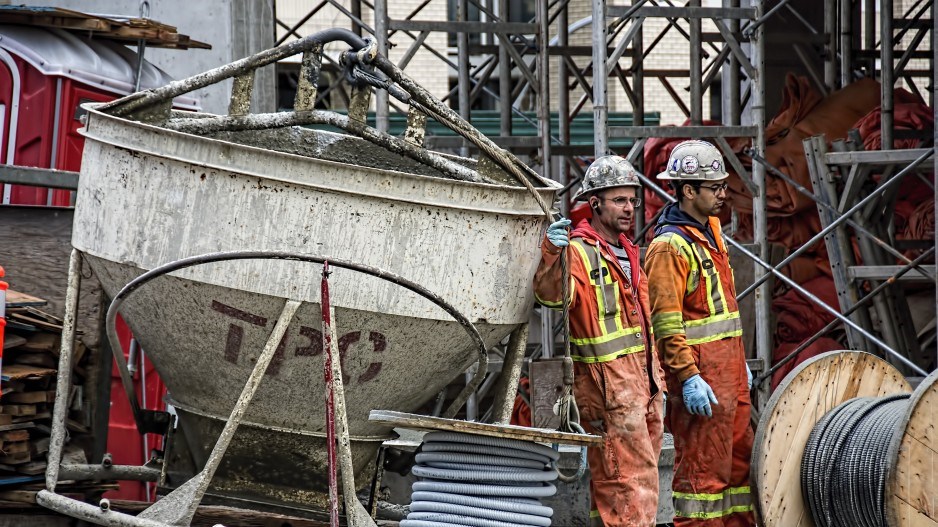Housing starts and investment in residential construction are expected to weaken throughout 2023 and into 2024 as the impact of elevated interest rates cools B.C. 's construction industry, according to a new report from BuildForce Canada.
“We anticipate in the short term that there will be a bit of a pullback, in part, because consumers saw interest rates rise rapidly in 2022 and once they adjust their expectations to higher interest rates, we believe that they're going to get back into the market,” said Bill Ferreira, executive director of the construction industry advocacy group.
This period of decline comes after residential housing starts reached more than 45,000 units in both 2021 and 2022.
Gains in renovations and maintenance investments are expected to offset potential losses in 2023 and 2024. The push to add density in B.C. municipalities as well as the shortage of previously undeveloped land in Vancouver will contribute to this, said Ferreira.
“We see ongoing and growing activity in the renovation market because of those various factors as well as individuals that don't want to leave their home, want to age in place and will need to upgrade their home to enable them to age in place,” he said.
Residential renovation and maintenance made up roughly 18 per cent of construction employment in 2022, according to BuildForce’s April 28 report. New housing construction accounts for the largest proportion at 34 per cent.
The average annual unemployment rate for the construction fell to under four per cent in 2022. Rising demand and the expected retirement of 38,200 workers over the next 10 years means the industry will need to add 52,600 workers within that period.
“The residential sector is going to be hard-pressed in the next little while, [while] this brief reprieve until 2024 eases some of the pressure that we saw last year. It will actually loosen labour markets,” said Ferreira. “But over time, we're going to continue to see strong demand for employment right throughout the forecast period, all the way out to 2032.”
Many projects in the major transportation and heavy-industrial sectors, liquified natural gas developments, pipelines and port expansions will be winding down over the next three to four years. This will work to dampen pressure on the non-residential labour pool, according to the report.
Engineering accounts for roughly 24 per cent of the construction labour market, with 14 per cent working in industrial, commercial, institutional projects and nine per cent in non-residential maintenance.
“There's a high level of inventory of major projects in the province that will quickly help the industry recover soon after. A lot of them are in the Vancouver area around public transit as well as hospitals, healthcare, but also in Victoria and elsewhere in the province,” Ferreira said.



